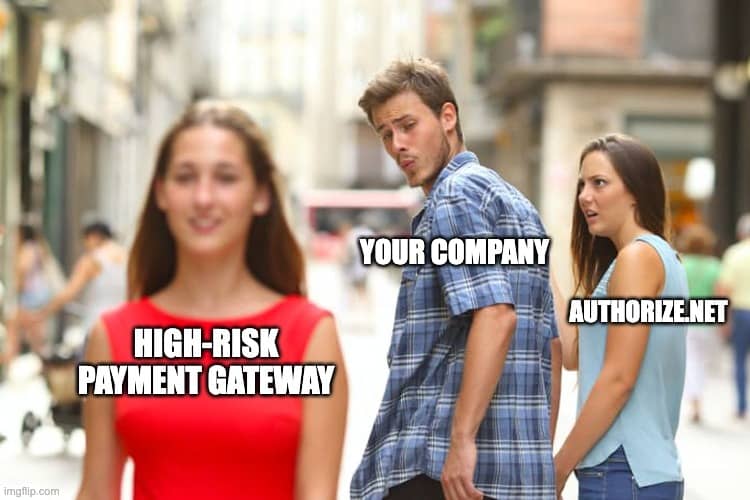ACH Reason Codes: R90 Incorrect trace number

When it comes to payments, accuracy is critical. That’s why it’s essential to understand the various ACH return codes and how to respond to them. One such code is ACH reason code R90, which indicates that the trace number used in a transaction is incorrect. In this article, we’ll explain what an ACH reason code R90 is, what causes a trace number to be wrong, the consequences of an incorrect trace number, and how to correct it. We’ll also discuss the difference between ACH return and ACH reason codes, common ACH return reasons, the process for resolving ACH return reasons, how to avoid ACH return reasons, and best practices for managing ACH returns.
Table of contents
- What is an ACH Reason Code R90?
- What Causes a Trace Number to be Incorrect?
- What Are the Consequences of an Incorrect Trace Number?
- How Do You Correct an Incorrect Trace Number?
- What Is the Difference Between ACH Return Codes and ACH Reason Codes?
- What Are the Common ACH Return Reasons and ACH Return Codes?
- What is the Process for Resolving ACH Return Reasons?
- How Can You Avoid ACH Return Reasons?
- What Are the Best Practices for Managing ACH Returns?
- Conclusion
What is an ACH Reason Code R90?
ACH reason code R90 is an Automated Clearing House (ACH) return code that indicates that the trace number used in a transaction is incorrect. The trace number is a unique nine-digit number assigned to each transaction. It identifies and tracks the transaction as it moves through the system. If the trace number is incorrect, the transaction can’t be processed.
When you receive an ACH return code R90, the trace number on the transaction is invalid. The transaction will be rejected, and the sender must correct the trace number and resubmit the transaction.
What Causes a Trace Number to be Incorrect?
Several factors can lead to an incorrect trace number. These include:
- Mistyping the number is the most common cause of an incorrect trace number. When entering the information, the sender may have mistyped the number, resulting in an incorrect trace number.
- Missing digits: In some cases, the sender may have omitted a digit when entering the number, which would also result in an incorrect trace number.
- Wrong account number: The trace number will also be incorrect if the sender has entered the wrong account number.
- System errors: In rare cases, a system error may cause the trace number to be incorrect.
What Are the Consequences of an Incorrect Trace Number?
When a trace number is incorrect, the transaction will not be processed and the funds will not be transferred. This can cause payment delays and be costly, as the sender must resubmit the transaction with the correct trace number.
In addition, an incorrect trace number can lead to compliance issues. Suppose the trace number is erroneous and the transaction is not processed. In that case, the sender may violate the rules and regulations set by the National Automated Clearing House Association (NACHA). This could result in fines and penalties.
How Do You Correct an Incorrect Trace Number?
If you receive an ACH return code R90, the first step is to verify the trace number. Check the number to make sure it is correct. You may also want to double-check the account number to ensure it is correct.
Once you’ve verified that the number is incorrect, you’ll need to resubmit the transaction with the correct number. Make sure you use the same information for the new transaction as you did for the original one.
What Is the Difference Between ACH Return Codes and ACH Reason Codes?
ACH return codes and reason codes are often used interchangeably, but they are two different things. The ACH return codes are used to indicate a specific type of return. They include codes such as R01 (Insufficient Funds), R02 (Account Closed), and R03 (No Account/Unable to Locate).
The ACH reason codes provide more specific information about the return. They may include codes such as R76 (Improper Trace Number) and R90 (Incorrect Trace Number). ACH reason codes are usually more specific than ACH return codes.
What Are the Common ACH Return Reasons and ACH Return Codes?
There are a number of common ACH return reasons and ACH return codes. These include:
- R01 (Insufficient Funds): This indicates insufficient funds in the account to cover the transaction.
- R02 (Account Closed): This indicates that the account has been closed and the transaction cannot be processed.
- R03 (No Account/Unable to Locate): This indicates that the account does not exist or cannot be located.
- R06 (Returned Per ODFI Request): This indicates that the transaction has been returned at the request of the Originating Depository Financial Institution (ODFI).
- R10 (Customer Advises Not Authorized): The customer has advised that the transaction is unauthorized.
- R20 (Non-Transaction Account): This indicates that the account is not a transaction.
- R76 (Improper Trace Number): This indicates that the trace number is not valid.
- R90 (Incorrect Trace Number): This indicates incorrect trace number.
What is the Process for Resolving ACH Return Reasons?
When you receive an ACH return reason, the first step is to identify the cause of the return. Check the return reason and trace number to make sure they are correct. You’ll need to resubmit the transaction with the correct information if they are not.
Once you’ve identified the cause of the return, you’ll need to take steps to prevent similar returns in the future. This may include reviewing your internal processes, implementing new procedures, or training staff on proper procedures.
How Can You Avoid ACH Return Reasons?
The best way to avoid ACH return reasons is to ensure your internal processes are current and your staff is properly trained. Make sure all staff members are familiar with the ACH rules and regulations and the procedures for processing transactions.
It’s also important to ensure that all information is accurate and complete. Double-check all information before submitting a transaction, including the trace number, account number, and other relevant information. This will help to ensure that the transaction is processed successfully.
What Are the Best Practices for Managing ACH Returns?
When it comes to managing ACH returns, there are a few best practices you should follow. These include:
- Monitor returns regularly to identify any potential issues.
- Review your internal processes and procedures to ensure they are up to date.
- Train staff on the ACH rules and regulations and proper procedures.
- Double-check all information before submitting a transaction.
- Follow up with customers promptly if you receive a return.
- Take steps to prevent similar returns in the future.
Conclusion
Understanding ACH reason code R90 is essential for processing payments accurately and efficiently. If you receive an ACH return code R90, the trace number on the transaction is invalid. The transaction will be rejected and the sender will need to correct the trace number and resubmit the transaction. To avoid ACH return reasons, it’s essential to ensure your internal processes are up to date and your staff is properly trained. Additionally, double-check all information before submitting a transaction, including the trace number, account number, and other relevant information. Following these best practices will help ensure that your payments are processed successfully.
Read Next

Find out whether Authorize.Net works for high risk merchants, what restrictions you might face and how to get approved.

Get expert advice on selling CBD products on Shopify, including compliance tips and setting up secure payment options.

Find out why Square may deactivate merchant accounts and steps to resolve issues and maintain uninterrupted payment services.
Need a High-Risk Merchant Account?
Disruption-free payment processing at the best price for your situation, guaranteed.
Get Free Guidance Now!